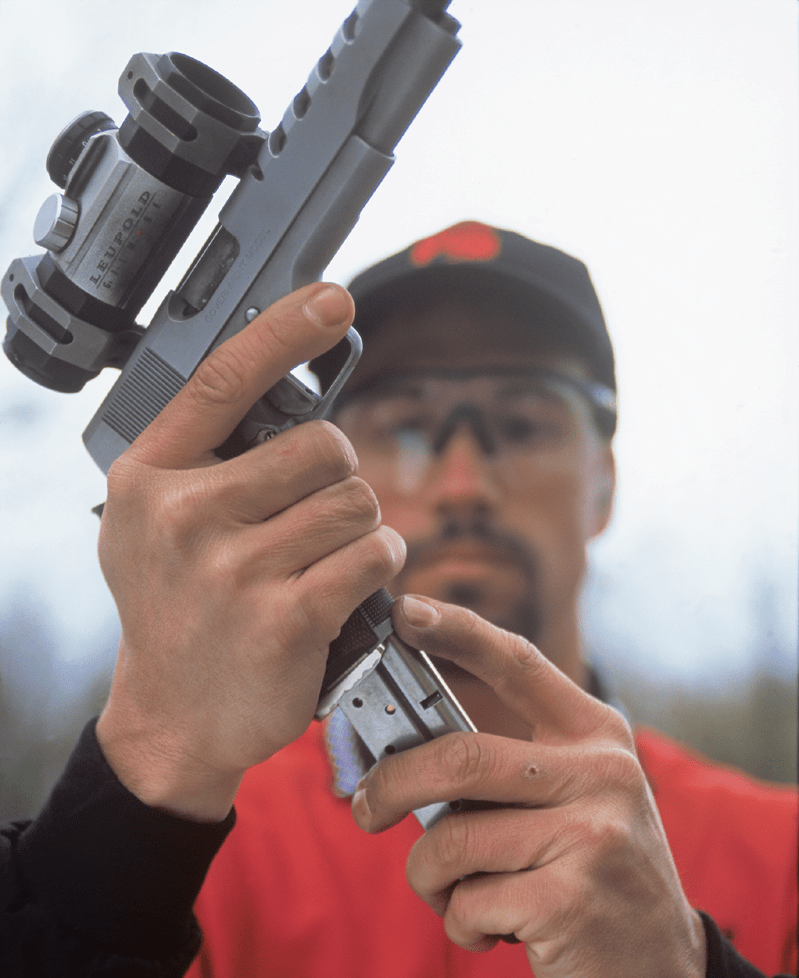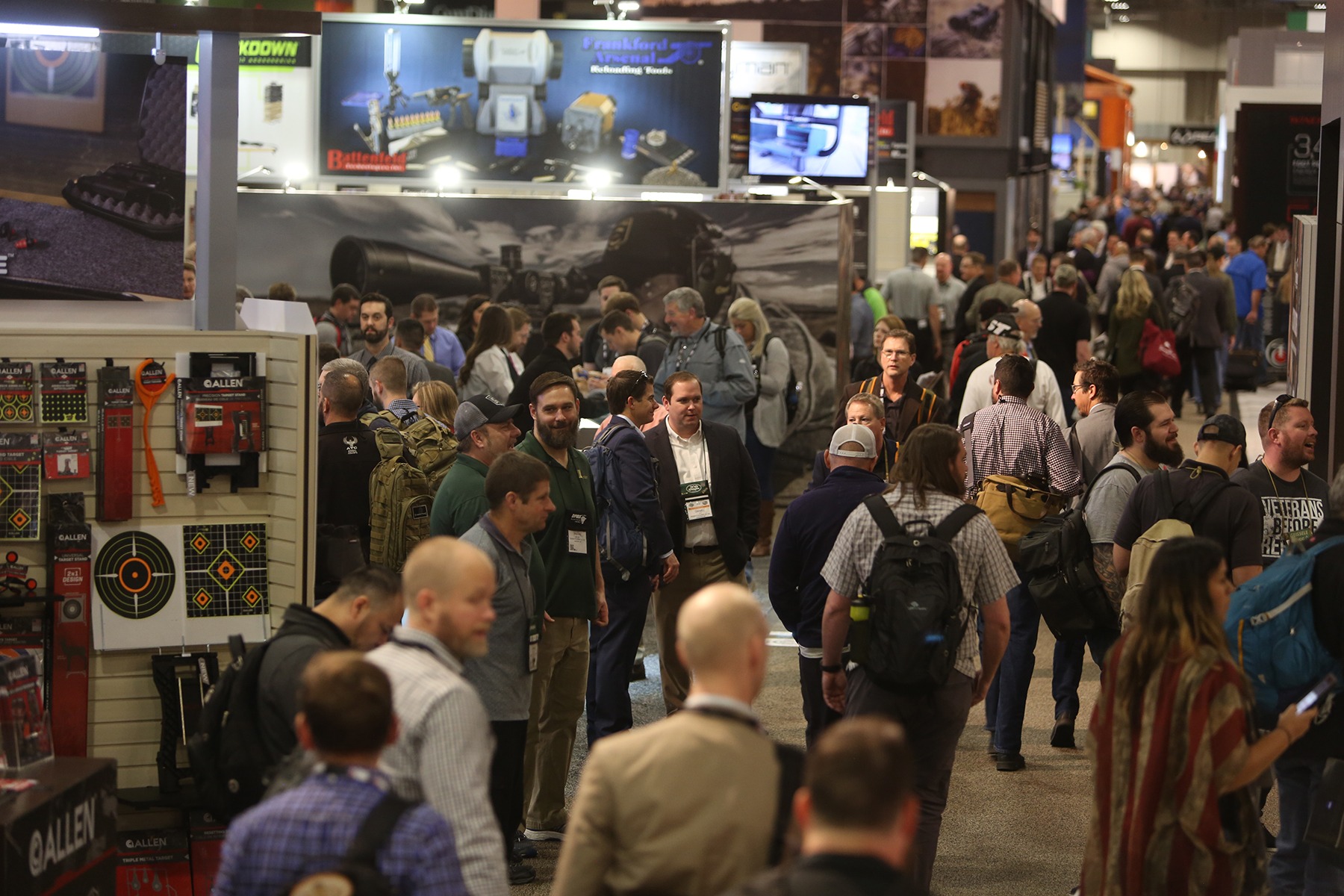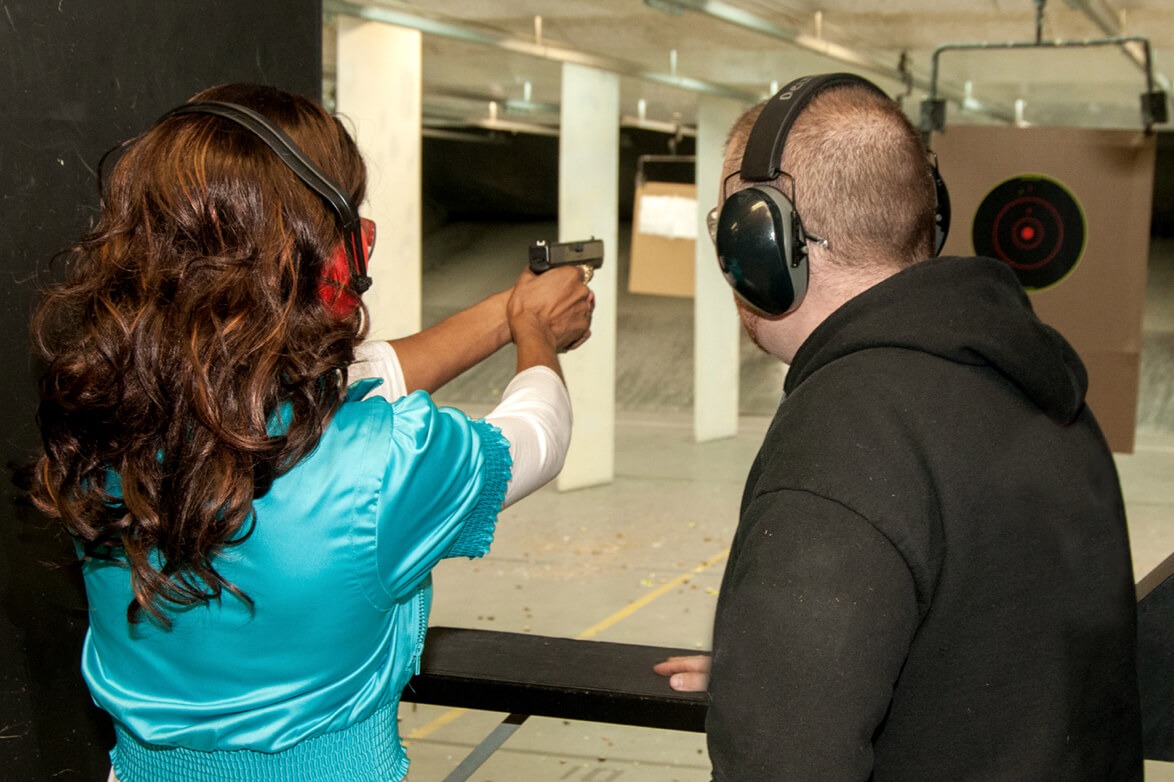 Back to News
Back to News
August 10, 2017
Try Competitions To Become A More Effective Pistol Shooter
There’s a big difference between good and effective.
If you are involved in shooting purely for recreation and the joy of punching holes in paper or tin cans, then being a good shooter is, well, good enough.
If you intend to use your gun for self or home defense, then you need to think about how to become a more effective shooter.
What’s the Difference?
 When you’re enjoying a range outing with family and friends, you can be really, really good. Your shots impact where you want and they’re all impressively close together. When it comes time to reload or change magazines, no worries, you can chit chat about that new gun you want while leisurely preparing for the next round of shots. Hurrying or running around while trying to shoot would put a real damper on your ability to make pretty target patterns. You’ve got all day, and when time isn’t a factor, you are one impressive shooter!
When you’re enjoying a range outing with family and friends, you can be really, really good. Your shots impact where you want and they’re all impressively close together. When it comes time to reload or change magazines, no worries, you can chit chat about that new gun you want while leisurely preparing for the next round of shots. Hurrying or running around while trying to shoot would put a real damper on your ability to make pretty target patterns. You’ve got all day, and when time isn’t a factor, you are one impressive shooter!
That’s good, as long as you aren’t planning to use these “impressive shooter” qualifications for self-defense needs. If you intend to have a gun for personal protection or home defense, then you need to be effective, not just good. You need to safely operate your gun and get shots on target when the conditions are the worst imaginable — exactly the opposite of those fun days at the range.
One way to become a more effective shooter is to introduce a little bit of pressure and stress into your shooting routine.
Even though some shooting competitions, like International Defensive Pistol Association (IDPA) mimic self- or home-defense situations, they won’t help you much with specific defensive tactics. They will, however, help you master core skills that can contribute to your ability to use a gun in a defensive situation. Let’s consider some skills you can improve by shooting competitively.
Drawing Your Gun from Concealment
 At a casual range outing, you’re most likely picking up your gun, finding a target, then plinking away at a leisurely pace. In a self-defense encounter, you may have to draw your gun from a concealed holster and get it into action quickly while under incredible stress. While competitions will never simulate life-and-death stress levels, they will give you practice repetitions drawing your gun. Should you ever need to draw your gun in a self-defense situation, that muscle memory might just come in handy.
At a casual range outing, you’re most likely picking up your gun, finding a target, then plinking away at a leisurely pace. In a self-defense encounter, you may have to draw your gun from a concealed holster and get it into action quickly while under incredible stress. While competitions will never simulate life-and-death stress levels, they will give you practice repetitions drawing your gun. Should you ever need to draw your gun in a self-defense situation, that muscle memory might just come in handy.
Target Transitions
Most shooting competitions like IDPA, Steel Challenge and USPSA require the shooter to engage multiple targets. Hitting the target, acquiring the next one, regaining a proper sight picture and hitting again is a skill that improves with practice.
Front Sight Focus

When the clock is running and the crowd is watching, it’s surprisingly easy to miss big targets at close range unless you properly execute the fundamentals. A sport like Steel Challenge forces you to quickly acquire your front sight in order to hit those relatively small steel plates.
Trigger Control
When time is not an issue, it’s relatively easy to perform a smooth trigger press that does not move your gun off target as you fire a shot. When the clock is running and you’re going for maximum speed, it’s easy to jerk the trigger — and miss.
Surprise Malfunctions
Sometimes, your gun might just stop going bang. It happens. Perhaps it’s a jam. Or maybe your magazine wasn’t seated correctly. Maybe you stumbled across a round of defective ammunition. In any of these cases, you need to have a pre-planned course of action to get your gun working again. Experiencing a malfunction during a match can be a blessing in disguise. If you haven’t learned and perfected malfunction drills like Tap-Rack-Evaluate, your first event during a match will show you exactly what you need to practice. When the clock is running and people are watching, you’ll see exactly how good your skills are!
Reloading
 Some competitions, like Steel Challenge, don’t require many (if any) reloads, unless you’re missing a lot. Others like IDPA and USPSA have various types of reloads designed into shooting stages. It’s a great way to practice digging out a new magazine or revolver speed loader while on the move.
Some competitions, like Steel Challenge, don’t require many (if any) reloads, unless you’re missing a lot. Others like IDPA and USPSA have various types of reloads designed into shooting stages. It’s a great way to practice digging out a new magazine or revolver speed loader while on the move.
Moving and Shooting
Speaking of moving, we hardly ever shoot and move while plinking away at the range. But that’s exactly what you’ll need to do in a defensive situation. After all, you really don’t want to be a stationary target! IDPA and USPSA events will give you lots of practice moving safely with your gun (finger off the trigger!) and engaging targets from various positions.
Taking Advantage of Cover

Shooting competitions will get you thinking about things that are useful in defensive situations. For example, in IDPA, you can pick up scoring penalties if you don’t take advantage of available cover. It’s not a real-life situation, and is not intended to be, but it will start you thinking about the importance of cover.
One of the biggest advantages to competing in shooting sports is that the mild stress of competition can expose your weaknesses and show you some of the skills you haven’t yet mastered. Even though you might endure a little embarrassment and razzing from your peers, it’s far better to expose your weaknesses in a friendly competition rather than on the street — when it really counts.
If you haven’t yet tried a local shooting competition, go for it! You’ll become a more effective shooter.
You might also be interested in: 10 Ways to Celebrate National Shooting Sports Month
Categories: BP Item, Featured, Shooting, Top Stories









